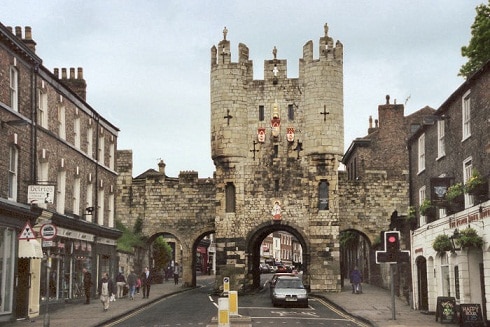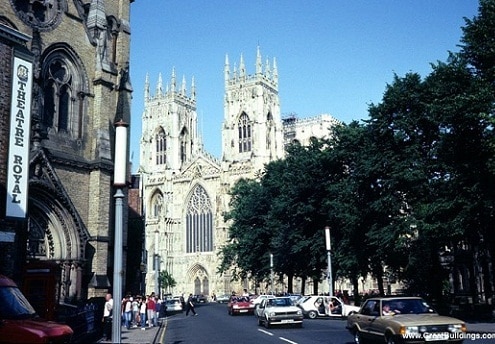Y It is located at the confluence of the Ouse and Fosse rivers, belonging to the County of North YorkshireThis Roman settlement was later occupied by the Anglo-Saxons and Vikings. It remained an important religious and community center throughout the Middle Ages until the arrival of the Industrial Revolution.
Unlike many northern cities that were extensively rebuilt in the 19th century to serve the growing needs of industry, York maintained its medieval flair, reaping a huge tourist dividend as a result.
York Minster, seat of the Archbishop of England, is the largest Gothic cathedral in Northern Europe. There has been a church on the site since the 13th century, although the cathedral was rebuilt for much of the 1472th century. It was consecrated in XNUMX, serving as a reminder that the great cathedrals they so admire sometimes took several lifetimes to complete.
Since then, York Minster has suffered several disastrous fires and ongoing renovation. Its large east window contains the largest expanse of medieval stained glass in the world.
The city is surrounded by well preserved walls forming its medieval center with charming streets such as the famous Shambles and numerous pedestrian alleys called Snickelways.
October is the best season to go as all the attractions are open and there is good weather. And among its attractions is Cebada Hall, a jewel of a restored medieval house, the Bath House that is still fascinating, with a cafeteria and restaurant.
Equally appealing is the Jorvik Viking Center, an extraordinary recreation of Viking settlements on the site of the archaeological excavations at Coppergate.

